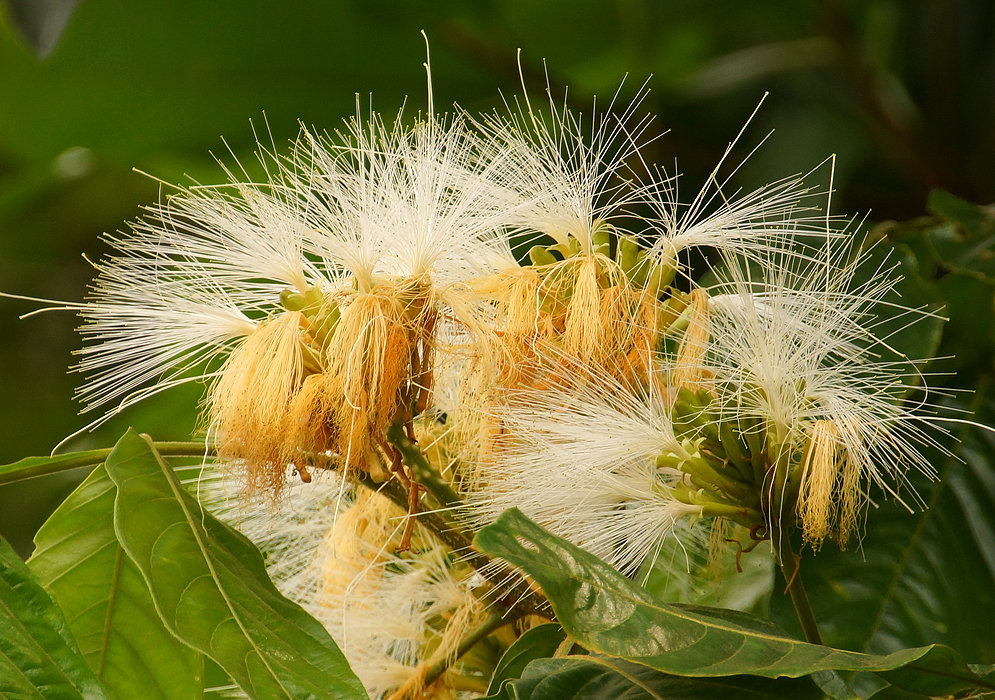By Johanna Barba | Sinal do Vale Team
This has been a busy rainy season for us, making new seedlings of native species to continue reforestation in depleted areas, and testing bioproducts and agroforestry techniques! Agroforestry within our Regenerative Landscape Management proposal is a model of reforestation that we want to prove can provide a possibility of restoration of the soil and forest, as well as a healthy food supply chain for the region.
We have been growing Inga in our nursery, a native species of the Atlantic Rainforest - this type of tree is not only a pioneer species to help reforest, it is also very good at fixing nitrogen in the soil, and has been used in agroforests for its ability to heal the soil after it has been burned constantly for monocropping. This is why we have been using it in areas where there was an old coffee plantation that depleted the soil.
Several other techniques are being considered, like the use of hydrogels after the rainy season is over to keep our newly planted agroforests hydrated, and we are testing our biofertilizers and compost made with our own organic matter. In the coming weeks, we will select a new area to do another experimental 1 Ha foresting activity, trying to prove that reforesting can be done in a cheaper, natural and more cost effective way - we will report these results to organizations such as the State Institute of Environmental Education of Rio de Janeiro, and the IUCN!
Thank you so much to all our donors who have helped us make such great progress, we are very excited with our project, we believe it is a solution that can be shared across this region and can help restore the Atlantic Rainforest and create a culture of respect and preservation for its rich biodiversity!
By Katie Weintraub | Project Coordinator
By Johanna Barba | Sinal Staff
Project reports on GlobalGiving are posted directly to globalgiving.org by Project Leaders as they are completed, generally every 3-4 months. To protect the integrity of these documents, GlobalGiving does not alter them; therefore you may find some language or formatting issues.
If you donate to this project or have donated to this project, you can receive an email when this project posts a report. You can also subscribe for reports without donating.
Support this important cause by creating a personalized fundraising page.
Start a Fundraiser